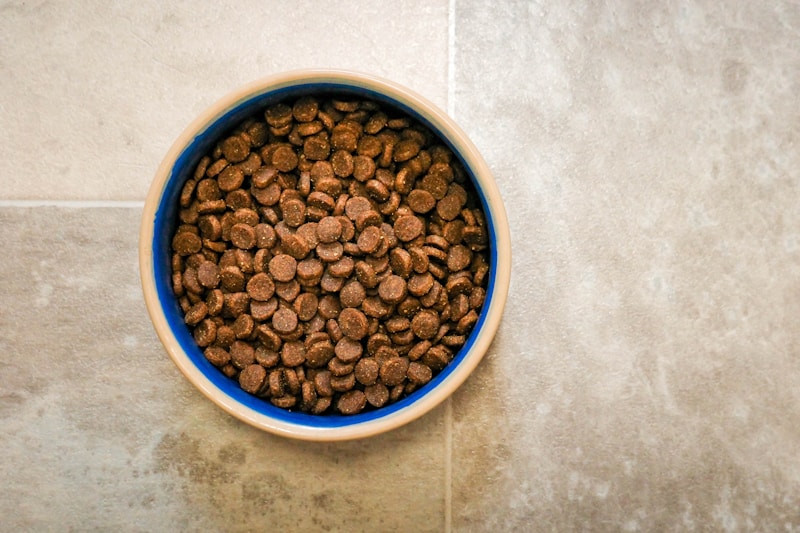Feeding pets a raw diet has grown in popularity over the past few decades, with many pet owners swearing by its benefits. Raw feeding typically involves providing uncooked meat, bones, fruits, vegetables, and sometimes dairy and eggs to cats and dogs. While advocates argue it’s a more natural and healthier way to nourish pets, critics point out the potential health risks and nutritional imbalances. In this article, we’ll explore the pros and cons of raw feeding to help you make an informed decision for your furry companion.
Benefits of Raw Feeding
One of the main reasons pet owners switch to a raw diet is the belief that it more closely mimics what animals would eat in the wild. Advocates often report several benefits:
-
Improved coat and skin: Raw-fed pets are frequently noted to have shinier coats and healthier skin. The high levels of natural oils and lack of processed ingredients may contribute to this improvement.
-
Better dental health: Chewing raw meaty bones can help reduce plaque and tartar buildup, promoting healthier teeth and gums.
-
More energy and vitality: Some pet owners observe increased energy levels, improved mood, and better stamina in their pets after switching to a raw diet.
-
Smaller, firmer stools: Without the fillers and additives found in some commercial foods, pets tend to produce less waste, which can also be easier to clean up.
Risks and Challenges
Despite its potential benefits, raw feeding comes with several risks and challenges that shouldn’t be overlooked:
-
Bacterial contamination: Raw meat can carry harmful bacteria like Salmonellas, E. coli, and Listeria. These pathogens pose a risk not only to pets but also to humans, especially young children, the elderly, and immunocompromised individuals.
-
Nutritional imbalances: Preparing a raw diet that provides complete and balanced nutrition can be difficult. Without careful planning or guidance from a veterinary nutritionist, pets may suffer from deficiencies or excesses in nutrients.
-
Choking hazards and injuries: Bones, especially cooked ones, can splinter and cause choking, blockages, or internal injuries. Even raw bones can be risky if not properly selected.
-
Time and cost: Raw feeding often requires more preparation time and can be significantly more expensive than kibble or canned pet food, especially if high-quality ingredients are used.
What Do Veterinarians Say?
The veterinary community remains divided on the issue of raw feeding. Some holistic and integrative veterinarians support raw diets, especially when they are well-formulated and based on the pet’s specific needs. However, many conventional veterinarians caution against raw feeding due to the aforementioned health risks.
Major veterinary organizations, including the American Veterinary Medical Association (AVMA) and the Centers for Disease Control and Prevention (CDC), generally advise against feeding pets raw meat due to the risk of bacterial infection. They also stress the importance of ensuring a balanced diet and recommend consulting a qualified veterinary nutritionist before making the switch.
That said, more pet parents are pushing for individualized care and working with veterinarians who are open to alternative feeding methods. If you’re considering a raw diet, it’s crucial to find a professional who can guide you through the process safely.
Tips for Feeding Raw Safely
If you decide that raw feeding is right for your pet, taking a cautious and educated approach is essential. Here are some tips to help you get started:
-
Do your research: Understand the nutritional needs of your specific pet species and breed. Dogs and cats have different dietary requirements, with cats being obligate carnivores and dogs being more omnivorous.
-
Work with a professional: Partner with a veterinary nutritionist or a vet experienced in raw diets to create a feeding plan that ensures balanced nutrition.
-
Use high-quality ingredients: Choose fresh, human-grade meats and avoid products with preservatives or artificial ingredients.
-
Practice food safety: Wash your hands and surfaces thoroughly after handling raw food, and store meat properly to prevent bacterial growth.
-
Monitor your pet: Keep an eye on your pet’s weight, stool quality, energy levels, and overall health. Regular veterinary check-ups are essential to track their wellbeing.
Raw feeding isn’t a one-size-fits-all solution. While it can offer health benefits when done correctly, the potential risks mean it’s not suitable for every pet or household. The best approach is one that prioritizes your pet’s individual needs, your lifestyle, and the guidance of a trusted veterinary professional. Whether you choose raw, cooked, or commercial food, ensuring your pet gets a balanced, nutritious diet is the ultimate goal.

